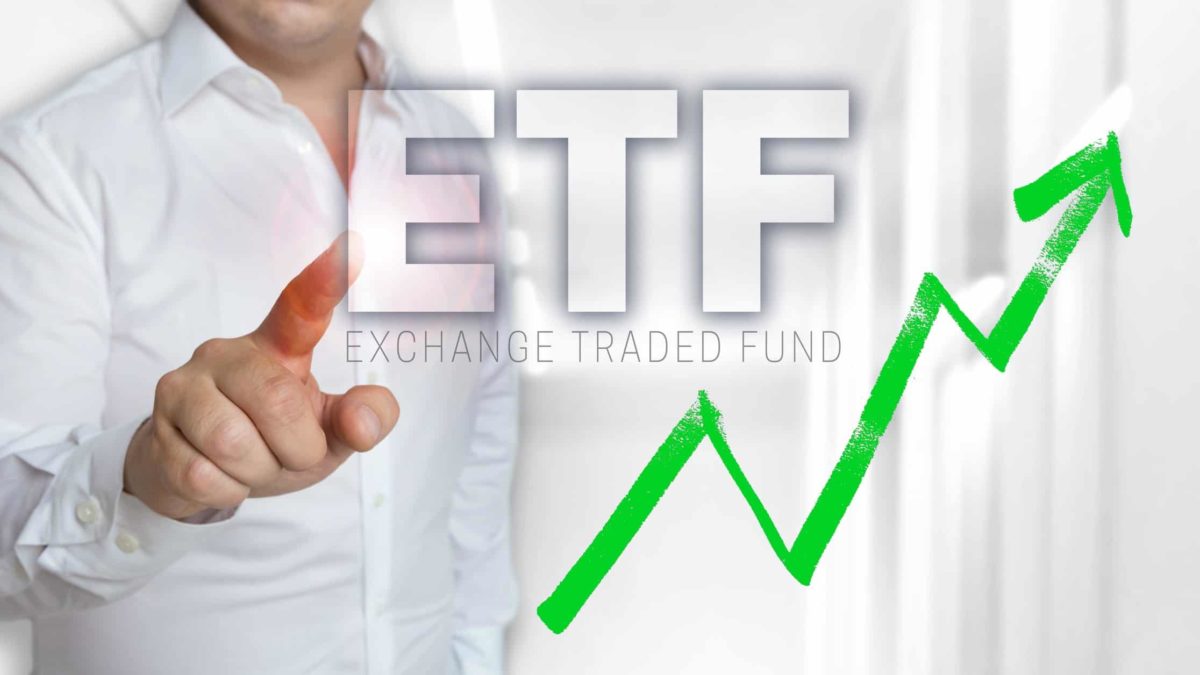It's been a pretty positive month for ASX shares and the S&P/ASX 200 Index (ASX: XJO) over the past month. As of today, the ASX 200 has gained 4.19% in the past month, which is almost half of its typical average annual return. So it probably won't come as too much of a surprise to see a few ASX exchange-traded funds (ETFs) fairly close to their 52-week highs right now.
Take the uber-popular Vanguard Australian Shares Index ETF (ASX: VAS). VAS units are currently trading at $91.64. That's only a few percentage points away from this index fund's current 52-week high of $93.55.
Ditto with another popular ASX ETF, the BetaShares NASDAQ 100 ETF (ASX: NDQ). NDQ units may have suffered a slight retreat on Monday. But even so, the current unit price of $34.77 is just a shade off of this fund's reigning 52-week high of $35.38.
The VanEck Morningstar Wide Moat ETF (ASX: MOAT) has caused a few stirs on the ASX this year as well. Between January and June, this US-based ETF clocked handfuls of new 52-week and all-time record highs. At the time of writing, this ETF is sitting at less than 9% away from its latest high of $125.83 a unit.
So all three of these top ASX ETFs are fairly close to their 52-week highs. But still, I would happily buy any or all of them today.
Why I'd be happy to buy these 3 ASX ETFs near their 52-week highs
In the case of the Vanguard Australian Shares ETF and the BetaShares NASDAQ 100 ETF, the reason why is relatively simple. These are index funds of the most basic order.
The VAS ETF tracks the S&P/ASX 300 Index (ASX: XKO). This index represents the largest 300 shares listed on the ASX by market capitalisation. It is rebalanced every three months to ensure that this is always the case – the shares whose valuations are rising are pushed up over time, while the shares that are struggling are sold down and eventually removed.
So you're getting exposure to ASX's most successful companies at all times. That's everything from BHP Group Ltd (ASX: BHP) and Commonwealth Bank of Australia (ASX: CBA) to JB Hi-Fi Ltd (ASX: JBH) and Adairs Ltd (ASX: ADH). The VAS ETF gives us a slice of all of these companies' profits, as well as any dividends they might pay out.
As such, I'm not worried about the price I invest in this fund, given it is a perfect bottom-drawer investment.
It's this attitude that I also take with the BetaShares NASDAQ 100 ETF. This fund works in a similar way to the Vanguard one – with the notable exception that its portfolio is made up of the largest 100 shares listed on the American NASDAQ stock exchange.
The NASDAQ is well-known for housing most of the US' large tech companies. So the likes of Apple, Microsoft, Amazon, Alphabet, NVIDIA and Tesla dominate its top holdings.
If you believe, as I do, that US tech companies will continue to dominate the global economy, then you should have no issue with investing additional capital into this ETF in 2023.
Two index funds and an active one
Finally, let's discuss the VanEck Morningstar Wide Moat ETF.
This ETF is a little different to the two above. Rather than an index fund, it is an actively managed ETF, holding a relatively concentrated portfolio of selected US shares. These shares are analysed on the kinds of intrinsic competitive advantages, or 'moats' they possess and are included if their moats are judged to be strong or 'wide'.
The Wide Moat portfolio typically holds some of the world's best businesses for this reason. Some of its current holdings include Disney, Adobe, Microsoft, Amazon and Kellogg.
MOAT units have an exceptional history of delivering strong returns. It has averaged a return of 16.67% per annum over the past five years, and 15.93% per annum since its inception in 2015. That means that if this performance track record holds, you are potentially giving up almost 16% per annum in returns. So why wait?









